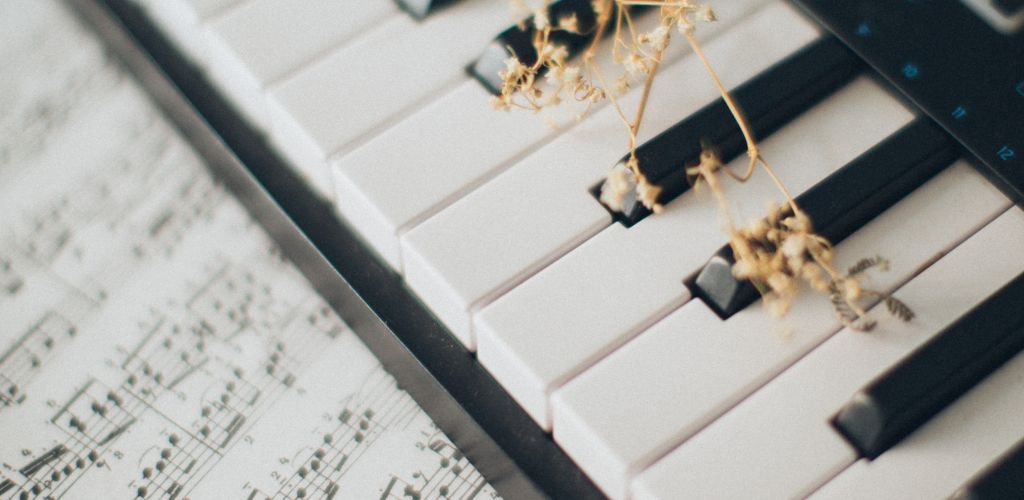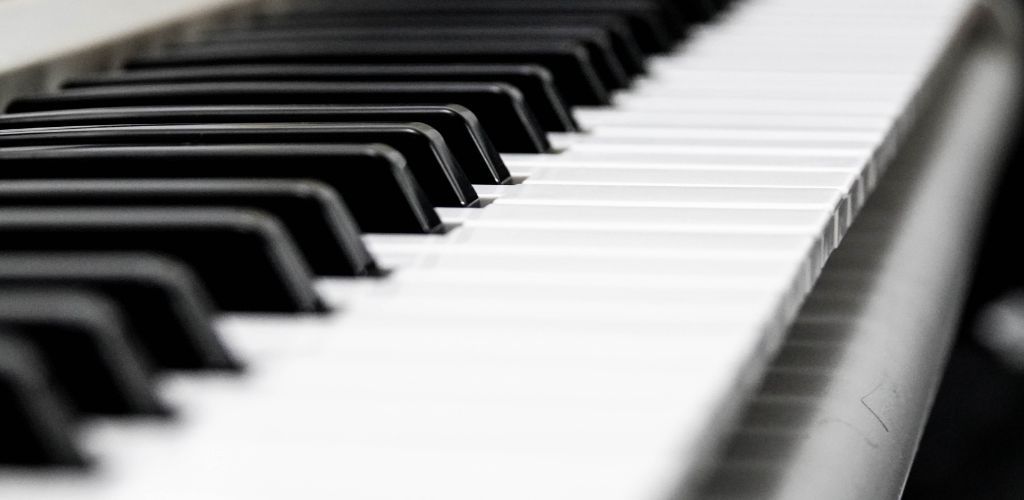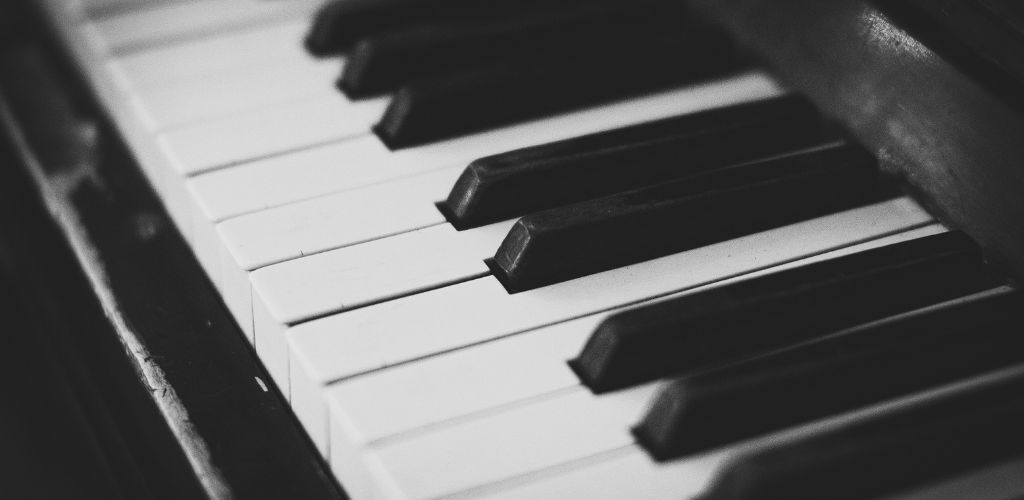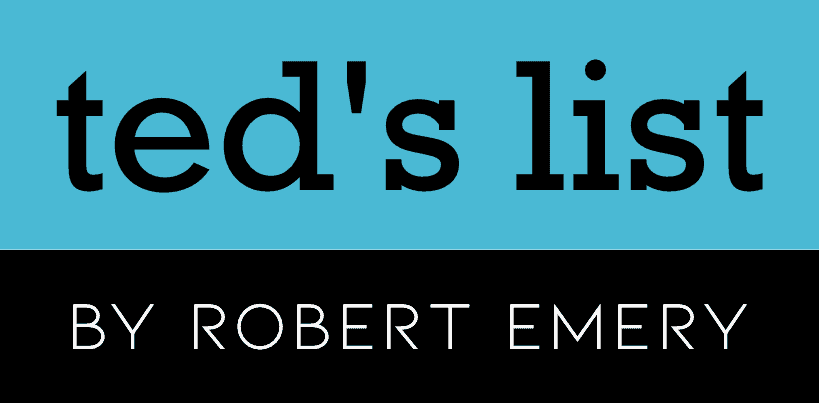Swapping out ivory keys on a piano turns into a tricky task that music lovers might take on for different reasons. It could be because of the keys getting worn out, damaged, or simply wanting to keep the piano’s classic look and feel just right.
I’ve encountered many pianos with ivory keys throughout my career, often requiring renovations to maintain their beauty and functionality.
However, due to conservationist efforts and international trade bans, ivory is no longer the standard for new pianos. Thus many owners opt for modern materials like plastic or composites when replacing keys.
The ivory key replacement process involves carefully removing the old keytops, which is crucial to prevent damaging the wooden keys beneath. Preserving the original materials is important for historical value and maintaining the unique touch and appearance.
After the old ivory is removed, choosing the right materials and applying them correctly ensures that the piano retains its character and offers a responsive touch for the performer.
Preparing for
Ivory Key Replacement

Required Tools and Materials
Tools:
Heat gun or hair dryer: For warming up the old adhesive, a heat gun is a maestro, conducting the heat precisely where it needs to go. If unavailable, a hair dryer can step in, a bit less effective perhaps, yet still quite capable.
Screwdrivers: These are the unsung heroes used to pry the keys from their resting places gently.
Materials:
Adhesive: A high-quality PVC glue or contact cement is essential – it’s the backstage crew that ensures the new ivories stay in place.
Protective gear: A pair of gloves to shield one’s hands from the heat and any sharp objects.
Safety Precautions
Safety is no trivial matter. Before one begins:
Gear up: Donning protective gloves is like a knight’s armor – it defends against heat and sharp edges.
Ventilation: Ensuring the area is well-ventilated makes the ambiance as inviting as a spring breeze, keeping those harmful fumes at bay.
Temperature Mastery: Manage the heat gun or hair dryer with the care of a glassblower, maintaining a distance to prevent damage to the piano’s delicate internals or the ivory itself.
With tools in hand and safety checked off the list, the stage is set for a flawless key replacement performance.
Removing Old Ivory Keytops

Following the correct procedures ensures that the ivory is removed efficiently without damaging the piano keys.
Heating Process
One begins by gently heating the ivory keytops. The aim is to soften the adhesive underneath without causing damage to the ivory key tops or the wooden key.
A heat gun or hair dryer set on low heat is often used for this purpose, directing the warm air evenly across the surface of the key for about 30-60 seconds. The heat should be enough to make the thin layer of the glue tacky but not to discolor or warp the ivory.
Physical Removal Techniques
After heating, the ivory keytops are ready for removal. Using a razor blade inserted carefully at the edge of the ivory can help lift the keytop away from the key. One should slide the blade underneath the two ivory key tops and gently wiggle it to encourage the adhesive to let go.
If the ivory doesn’t lift easily, more heat may be necessary—patience is key. Once the ivory begins to lift, they should continue with a steady hand.
After removing the ivory, the residual glue on the wood can be lightly sanded away, preparing the surface for a new keytop. It’s important not to overdo it; only light sanding is necessary to create a level surface for the next step of the process.
Caring for Your
Piano Post-Replacement

Maintaining Keytops
After the replacement process, keeping the piano keytops in excellent condition is a key focus. They should be cleaned regularly to prevent any build-up of dirt and oils from affecting their appearance and performance.
A slightly damp cloth can work wonders, avoiding soaps or chemicals that could damage the keytops. Should keys become sticky or unresponsive, contacting a piano technician is advised rather than trying to fix the issue personally, which may cause more harm than good.
Controlling Humidity and Temperature
The environment where a piano resides can greatly impact its well-being. Humidity and temperature control are particularly vital.
They should avoid extremes; a consistent humidity level of around 42% is ideal to prevent the wooden components from warping or cracking.
Depending on the climate, using a dehumidifier or humidifier can be a lifesaver for maintaining this balance. Regular tuning and checks by a piano technician will keep the keyset harmonious and catch any early signs of damage due to environmental stressors.
Modern Alternatives
to Ivory

Today’s piano makers often opt for plastic keytops, which are more ethical and durable than their ivory counterparts.
Materials like acrylic and phenolic are commonplace, offering consistency in performance and resisting wear and moisture. These keytops can mimic the look and feel of ivory without ethical concerns and are also less likely to yellow with age.
Top Piano We Highly Recommend
Korg G1 Air Digital Piano

FEATURES: Comes with Light, Normal, Heavy, Stable, Fixed Keyboard Sensitivity
OTHER INFO: Maximum Note Storage: 45,000 Notes
- 32 high-quality sounds, including 3 concert pianos
- Slim, stylish design
- Bluetooth speaker functionality
- Handcrafted in Japan for durability
- 120 maximum polyphony
- Fewer sounds (29) compared to some competitors.
- Heavy (42kg) and less portable.
- Pricier due to quality and features.
When you click ‘Check Price’, you’ll see there are loads of great places to buy this item. Our personal favorite is Sweetwater for the US, and Thomann and Gear4Music for the UK & Europe.
They are the largest music retailers, with excellent customer service, competitive prices, really fast shipping, and the longest guarantees.
The professional musician who wrote this article combined many things,
from the product build, manufacturer’s reputation through to feedback
from other users, to create our famous TedScore™.

FEATURES:Max. Polyphony: 256
OTHER INFO: Speakers: 12 x 2 cm
- Advanced sound engine delivers dynamic and responsive piano sound
- Versatile connectivity options including Bluetooth MIDI and Audio
- Compact and lightweight design, ideal for both home and stage use
- PHA-4 keyboard offers a realistic piano touch.
- Powerful onboard speakers with dedicated modes for optimal sound quality
- Only basic ambience and brilliance adjustments available.
- Advanced features need the Piano Every Day app.
When you click ‘Check Price’, you’ll see there are loads of great places to buy this item. Our personal favorite is Sweetwater for the US, and Thomann and Gear4Music for the UK & Europe.
They are the largest music retailers, with excellent customer service, competitive prices, really fast shipping, and the longest guarantees.
The professional musician who wrote this article combined many things,
from the product build, manufacturer’s reputation through to feedback
from other users, to create our famous TedScore™.
Kawai ES920 Digital Piano

PERFECT FOR: piano players of all levels
FEATURES: Provides the professional grand piano sound experience
OTHER INFO: Boasts powerful speakers that fill the room with resonance
Kawai ES920 Digital Piano
- Delivers a natural and authentic feel with weighted action
- Includes a European warranty that lasts for 5 years
- Perfect for any and every occasion
- Not portable due to its weight of 34kg
- Offers a restricted selection of available sounds
When you click ‘Check Price’, you’ll see there are loads of great places to buy this item. Our personal favorite is Sweetwater for the US, and Thomann and Gear4Music for the UK & Europe.
They are the largest music retailers, with excellent customer service, competitive prices, really fast shipping, and the longest guarantees.
The professional musician who wrote this article combined many things,
from the product build, manufacturer’s reputation through to feedback
from other users, to create our famous TedScore™.
Replacing Ivory Piano Key
Final Thoughts
Replacing ivory piano keys isn’t just about refurbishing an instrument—it’s about preserving a slice of history, harking back to an era that predates the synthetic materials commonly used today.
These ivory-clad melodies carry tales from centuries past, each note resonating with historical value and a rich heritage.
The shift towards synthetic keytops reflects an ethical stance against the ivory trade, aligning with responsible choices and modern conservation efforts.
Seeking professional advice ensures the integrity of the piano’s touch and visual appeal is maintained, guiding responsible choices and respectful refurbishment.
So, removing old real ivory keytops and fitting new keytops demands precision and patience, highlighting the respect for musical craftsmanship and the ethical considerations of our time.
Before you go…
Uncover the top digital piano brands setting the standard for performance and product innovation in this next article!
FAQ's
A 100-year-old piano can have ivory keys, as pianos manufactured before the mid-20th century often used ivory for key coverings. However, due to conservation efforts and regulations, many pianos have undergone key replacement with modern materials.
In many regions, selling old ivory piano keys is illegal due to regulations aimed at protecting endangered species and preventing the illegal trade of ivory. These regulations restrict the sale of items containing ivory, including piano keys, to help combat poaching and preserve wildlife.
The alternative to ivory piano keys is usually synthetic materials such as plastic or composite key coverings, commonly used in modern piano manufacturing. These materials provide a durable and sustainable option while avoiding the use of ivory.












Oh, so now we’re moving on from ivory keys to modern alternatives, huh? What’s next, digital pianos that simulate the weight of ivory keys too? Don’t get me wrong, I’m all for saving the elephants, but there’s something about the touch of real ivory that a piece of plastic just doesn’t capture. But hey, if it sounds the same to the audience and saves a few tusks, then why not? Let’s all jump on the modern bandwagon and forget centuries of piano history. Still, props to Dawn Hardwick for pointing out the top pianos; at least some traditions are kept alive.
Really appreciated the insights on caring for the piano post-replacement. Keeping an eye on humidity and temperature is crucial, something not many talk about!
not sure i agree with heating up the old ivory keytops to remove them. i get that it’s probably effective but heating can also warp the keys or damage the wood underneath, right? there’s got to be a less risky way to get those old tops off without potentially hurting the piano.
ToneChaser77 makes a good point. Heating can indeed cause warping if not done carefully. However, with proper technique and control, the risk can be minimized. It’s all about the skill and experience of the technician.
Hey Dawn Hardwick, thanks for the guide on replacing ivory keys. Quick question – are there specific brands you recommend for modern alternatives to ivory that closely mimic the feel and look of the original? I want to maintain the authenticity of my piano as much as possible.